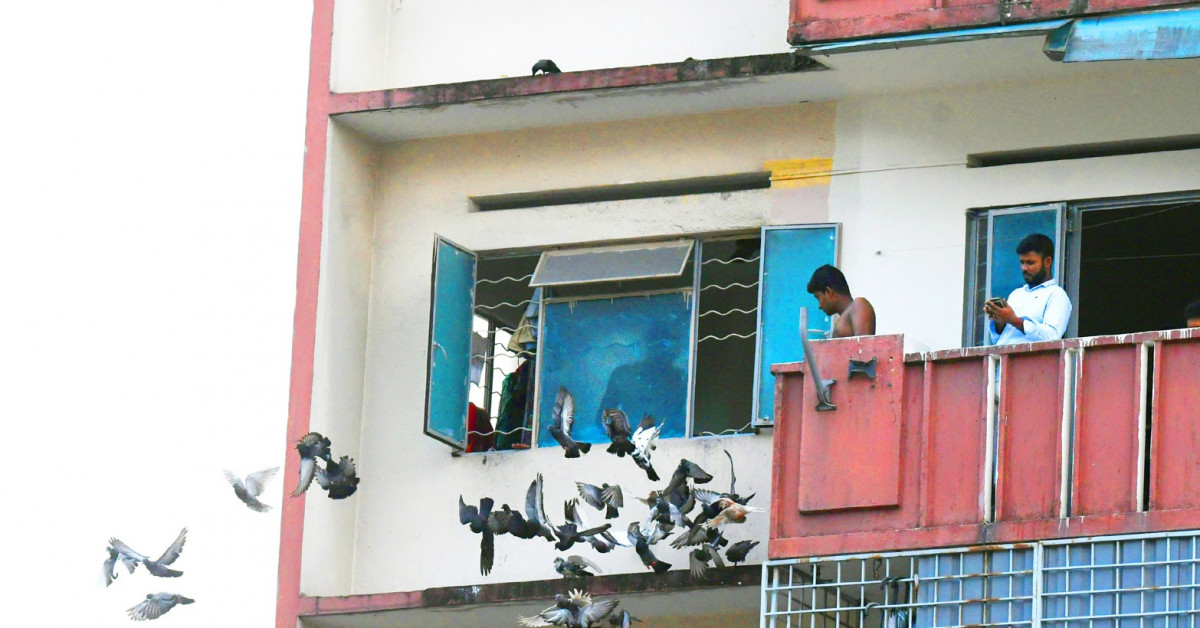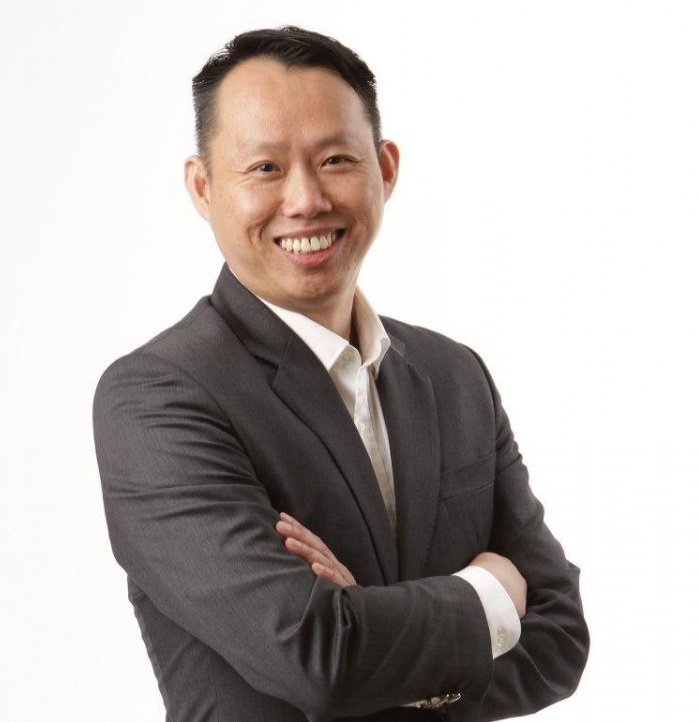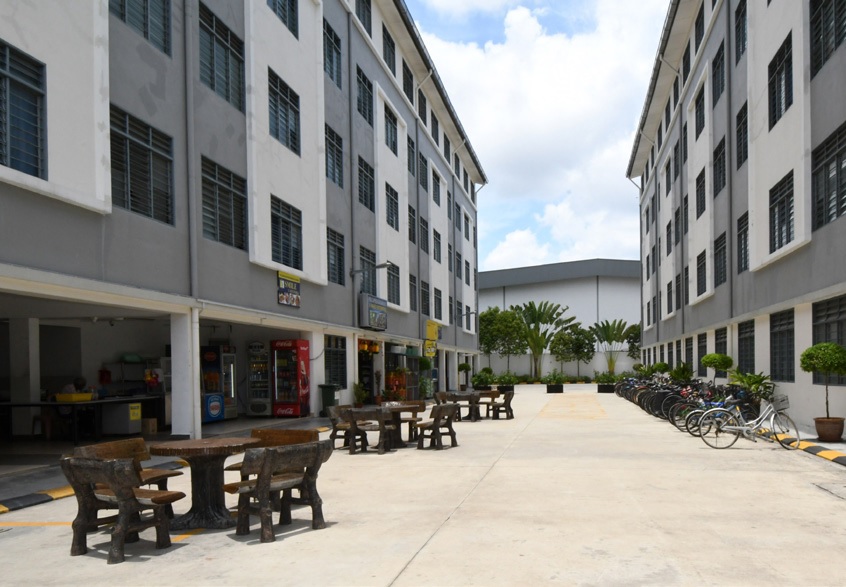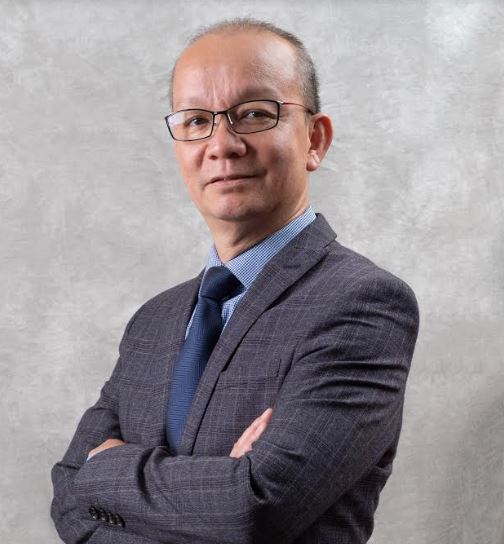
The foreign workers’ accommodation, much like the workers themselves, was never given much thought by industry players nor the Malaysian society at large, which did have an impression that it was typically a cramped space with hygiene problems.
Then came the Covid-19 outbreak and news of contagious clusters from the workers’ dormitories, which were not just isolated within but became a serious public safety issue that could harm the community. Call it the silver lining in the cloud if you want, but that has ultimately made people and lawmakers sit up and take notice of the unenviable living conditions of the millions of foreign labourers who have been contributing to the country’s economy but kept voiceless.
In a step towards putting things right, the Government made amendments to the Workers’ Minimum Standards of Housing and Amenities Act 1990 (Act 446), which has come to be referred to as the Workers’ Minimum Standards of Housing and Amenities (Amendment) 2019 (Act 1604). It came into force in June 2020, but deemed too hasty, it was then extended to Aug 31, 2020 for employers to ensure compliance before it was fully enforced in September 2020.
It may have caught many business owners off-guard, but on the other hand, it has also opened up a new property segment that could create value for investors as well as enhance Malaysia’s competitiveness in the region.
The amended Act 446 has delineated the minimum standard requirements for these workers’ quarters, spelling out the minimum sizes for dormitory and common areas, and the standard of non-shared basic amenities and common shared facilities, among others.

Neglected in the past
Knight Frank Malaysia executive director of capital markets Allan Sim tells EdgeProp.my that in the past, living conditions of workers had always been neglected in the pursuit of economic optimisation, says Sim.
“When professionally-managed dormitories were unexplored propositions, industrialists turned to terraced homes, apartments, shophouses and makeshift accommodations to house their workers in a haphazard manner.
“Coupled with the lack of awareness and accountability, most of these types of housing were crowded and had poor sanitation, leading to many social issues that have burdened the community for years. The perception of higher costs has also led to years of resistance from industry players to provide dedicated workers’ accommodations,” he adds.
However, the Covid-19 pandemic has made people aware that proper housing for foreign workers is not only an ethical issue but also a public safety concern. It is also an important part of ensuring the sustainability of their business operations.
On top of this, the Ministry of International Trade and Industry (MITI) has also introduced the Safe@Work initiative aimed at ensuring operational sustainability of the manufacturing sector and its related service sectors through a comprehensive set of standard operating procedures and the creation of the Safe Work Bubble.
While its adoption is voluntary, participating companies registered with MITI shall enjoy an additional tax exemption of up to RM50,000 on the rental expenses of premises and hostel facilities such as monitoring devices, ventilation and other basic necessities as provided for under the recently unveiled Budget 2022, adds Sim, citing a recent report titled “The changing landscape of workers’ accommodations” released by Knight Frank.
Demand more than supply
Since the amendment of Act 446 came under enforcement last year, Sim observes that there is a surge of demand on workers’ dormitories that fit the requirements.
However, the main problem is there is not enough supply to meet the demand as the business owners did not expect the Act to be enforced on such short notice.
“The quickest way is to build it using a modular model as a temporary measure, of which the overall process will take less than a year. Meanwhile, building a proper workers’ dormitory from scratch will take two years,” he explains, adding that various lockdowns in 2020 made the overall construction process even harder and business owners were facing problems relocating their workers.
To resolve this problem, the Ministry of Housing and Local Government has offered a short-term solution (from 2021 to 2023) where six alternative assets of existing premises could be converted to dormitory usage. These include accommodations or hostels in existing residential areas, shophouses and business lots as well as construction sites.
Nevertheless, in the long run, the Centralised Labour Quarter (CLQ) is the ideal method to ensure quality housing for the workers.

Untapped segment
CBRE | WTW group managing director Foo Gee Jen says the amendment of Act 446 could elevate Malaysia’s image in ensuring workplace safety for employees as well as be in line with the Environmental, Social, and Corporate Governance (ESG) practice.
For developers, property managers and real estate investment trusts, workers’ dormitories are an untapped property segment that is worth exploring, especially when the country is on the recovery path from the pandemic.
Other than building the hardware, the management of the workers’ housing structurally and professionally is equally important.

For business owners who don’t have land resources to build their own workers’ dormitories, they could turn to professional operators who offer accommodation and management services, which also include transportation services to ferry the workers from their dormitories to their workplaces.
“There is a need for such housing, especially for manufacturing and construction sectors. While Malaysia is moving into Industry 4.0, gone are the days of the ‘kongsi model’ where foreign workers live in a horrendous environment,” he stresses.
For developers, there are opportunities for them to review their development plans and explore the possibilities of such purpose-built housing for workers.
Other than building new buildings, currently vacant shophouses or commercial properties could also be used for readaptation to offer such accommodations for foreign workers.
Carving a niche in workers’ dormitories
Moving forward, professionally-managed workers’ dormitories with proper security, amenities and density are expected to gain traction as a promising alternative asset investment.
Sim says this is evident from the recent expansion of professionally-managed purpose-built workers’ accommodations (PBWA) by key players and operators such as Centurion Corporation and AME Elite Consortium across Malaysia.
The integration of workers’ accommodation within industrial park developments establishes a new benchmark as demand for quality industrial developments grows. Workers’ accommodation will progressively form a subset of the larger industrial real estate ecosystem, rather than a standalone asset class.
Having proper and professionally-managed workers’ accommodation will complete the industrial ecosystem and place Malaysia on a stronger footing to compete with regional countries in attracting foreign direct investments from global industrialists, especially multinational corporations that pride themselves in ethical supply chains, Sim adds.
Get the latest news @ www.EdgeProp.my
Subscribe to our Telegram channel for the latest stories and updates





